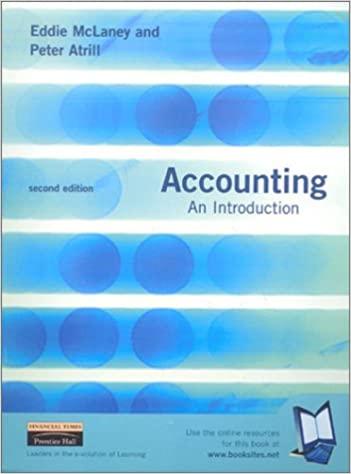Question 1 (1 point)
Ray died this year at age 73, and his wife, Mary, age 55, is the designated beneficiary on his Roth IRA. Ray's Roth IRA was established 3 years ago. Which of the following statements is(are) CORRECT? I Ray was not subject to required minimum distributions from his Roth IRA during his lifetime. II If Mary chooses to distribute the entire balance of the Roth IRA this year, the distribution may be subject to both regular income tax and an early withdrawal penalty tax of 10%.
Question 1 options:
Question 2 (1 point)
Joe, age 52, has just started a consulting company. He currently employs 6 people, who range in age from 22 to 31 years old. The average employment period for his employees is approximately 4 years. He would like to implement a defined contribution plan and use an appropriate vesting schedule that is most favorable to his business. Which of the following vesting schedules is most appropriate for Joe's company?
Question 2 options:
| | |
| | |
| | |
| | | 4) | 100% immediate vesting | |
Question 3 (1 point)
Which of the following is NOT a characteristic of a target benefit pension plan?
Question 3 options:
| | | 1) | Employer bears the investment risk | |
| | | 2) | Requires services of an actuary at inception of the plan | |
| | | 3) | Tends to favor older plan participants | |
| | | 4) | Is a type of defined contribution plan | |
Question 4 (1 point)
What is the maximum percentage of net selfemployment income that can be a deductible contribution to a Keogh profit?
Question 4 options:
Question 5 (1 point)
Which of the following statements regarding Social Security is NOT correct?
Question 5 options:
| | | 1) | The primary insurance amount (PIA) is the amount payable to a worker at the earliest retirement age of 62. | |
| | | 2) | All benefits paid to a covered worker are based on the worker's primary insurance amount (PIA). | |
| | | 3) | The maximum annual compensation considered in the calculation of Social Security benefits is limited to $118,500 in 2015. | |
| | | 4) | A worker's average indexed monthly earnings (AIME) is based on the worker's lifetime earnings history. | |
Question 6 (1 point)
Large Manufacturer, Inc. has grown quickly in the last few years and is now interested in providing a retirement plan for its 2,000 employees. Which of the following is(are) a factor that should provide a guide to the company in selecting a retirement plan for a business? 1 Employees' attitude toward investment risk 2 Employer's attitude toward investment risk 3 Employees' financial condition 4 Employer's financial condition
Question 6 options:
Question 7 (1 point)
Which of the following benefits is(are) available to a worker's survivors in both the fully insured and currently insured status? 1 Lumpsum death benefit of $255 2 Surviving spouse benefit for a widow(er) who is age 60 or over 3 Dependent child benefit 4 Dependent parent age 62 or over benefit
Question 7 options:
Question 8 (1 point)
Gordon has met the 2 tests required for a hardship withdrawal from his profitsharing plan with his employer. Which of the following is a qualifying reason for which money may be withdrawn using the hardship withdrawal rules?
Question 8 options:
| | | 1) | Gordon, who is experiencing extreme financial difficulties, is using the withdrawal to prevent a foreclosure on his primary residence. | |
| | | 2) | None of these reasons qualify for a hardship withdrawal. | |
| | | 3) | Larry, Gordon's cousin, has asked him for the funds to pay his college costs this semester. Larry is not Gordon's dependent. | |
| | | 4) | Gordon needs the money to loan to his uninsured best friend (not a dependent) to pay for medical costs. | |
Question 9 (1 point)
Mark participates in a Section 401(k) plan maintained by his employer. His vested account balance is $25,000, and he has never taken a prior loan from the plan. What is the maximum loan amount he can take from his Section 401(k) plan?
Question 9 options:
Question 10 (1 point)
Taylor died at age 60 having been a participant in his employer's Section 401(k). He also owns 2 traditional IRAs consisting entirely of deductible contributions and a Roth IRA that contains no conversion contributions. His beneficiary is his son, Jack, age 35. Which of the plans is(are) subject to required minimum distributions (RMDs) after Taylor's death? 1 Traditional IRAs 2 Roth IRA 3 Section 401(k) plan






